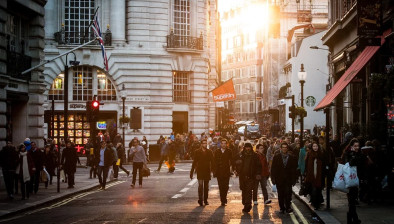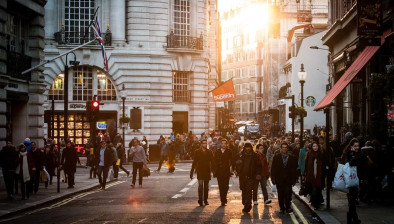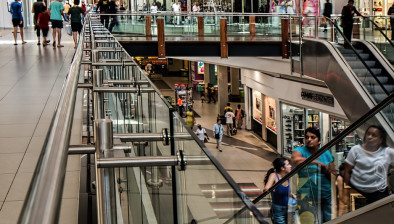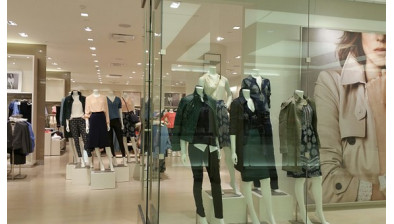ONS: UK retail sales drop 18% in April
Retail sales in the UK throughout the month of April have dropped by 18.1%, according to the latest figures released by the Office for National Statistics (ONS).
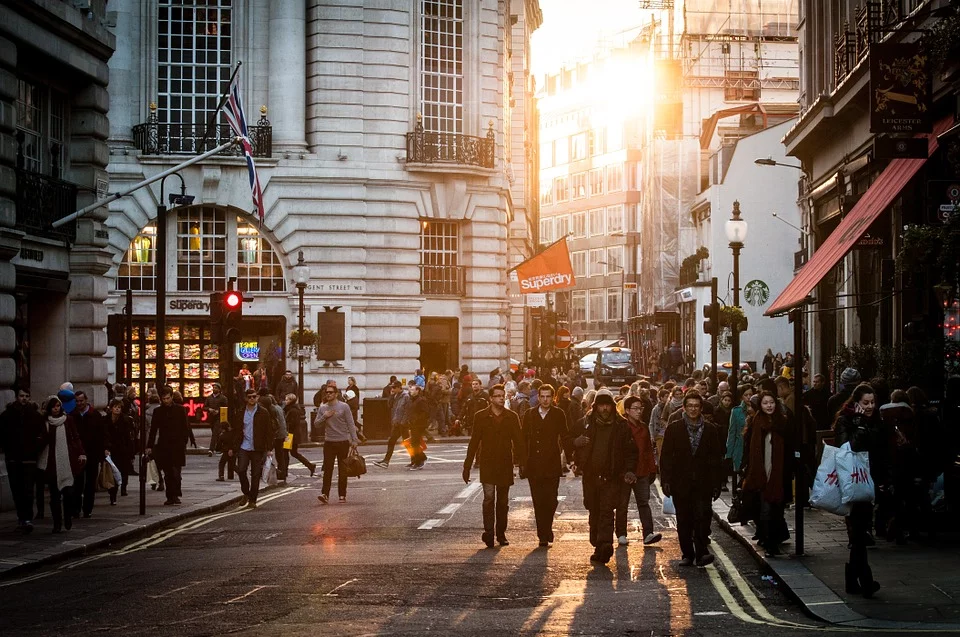
This record drop followed the strong monthly fall of 5.2% seen in March, with all sectors experiencing a monthly decline in volume sales except for a record increase in sales for non-store retailing at 18.0% and a continued increase in sales for alcohol stores at 2.3%.
The volume of clothing sales in April 2020 plummeted by 50.2% when compared with March 2020, which had already fallen by 34.9% on the previous month.
However, due to the coronavirus lockdown, the proportion spent online soared to the highest on record in April 2020 at 30.7%, which compares with the 19.1% reported in April 2019.
All store types, except non-store, reached record proportions of online spending in April 2020 as some stores shifted to online-only trading.
The figures also revealed that the three-month on three-month growth rate in the volume of retail sales decreased by 8.6%, with declines across all sectors except food and non-store retailing.
Euan Murray, relationship director, Barclays Corporate Banking, Scotland, said: “Spring is usually a welcome time for UK retailers, with Easter festivities, early summer holiday spend and household improvements all providing a boost to trading – but it isn’t April showers that have put a dampener on this period in 2020. The lockdown caused by COVID-19 has drastically reduced retail sales across the UK.
“Whilst footfall is predictably down there are still some glimmers of hope, with online purchases and supermarket spend both providing a silver lining to the clouds that have gathered in recent weeks. The money that consumers might usually have spent within the experience economy could also open up new revenue streams for online-based, non-essential retailers. This potential trend will be one that is closely watched, not least because it is in stark contrast to the patterns we saw developing in 2019.
“What is clear is that the lockdown has accelerated a number of structural changes in retail, with a shift to online spending the most obvious of these. In the medium to long term, retailers need to work out how to get shoppers back to physical premises in a post-COVID high street.”
Howard Archer, chief economic advisor to the EY ITEM Club, added: “The retail picture will remain particularly difficult until the Government starts allowing non-essential retailers to open as part of the easing of the lockdown.
“Meanwhile, the near-term fundamentals for consumer spending have clearly taken a very substantial downturn as a result of coronavirus. Many people have already lost their jobs despite the supportive government measures – as was highlighted by a 856,500 rise in claimant count unemployment in April – while others will be worried that they may still end up losing their job once the furlough scheme ends. Additionally, many incomes have been impacted. The only recent good news for consumers has been inflation slowing to just 0.8% in April, the lowest level since August 2016.
“Furthermore, consumers are highly likely to adopt a very cautious approach to discretionary purchases given the current highly fraught and uncertain economic environment. Consumer confidence currently remains at record low or near record low levels, with most measures reporting most consumers seeing it as a very bad time to make major purchases.
“The EY ITEM Club suspects that consumer spending will contract by around 15% quarter-on-quarter in the second quarter, thereby being the major factor in expected GDP contraction around 15% quarter-on-quarter.”
- Read all of our articles relating to COVID-19 here.





